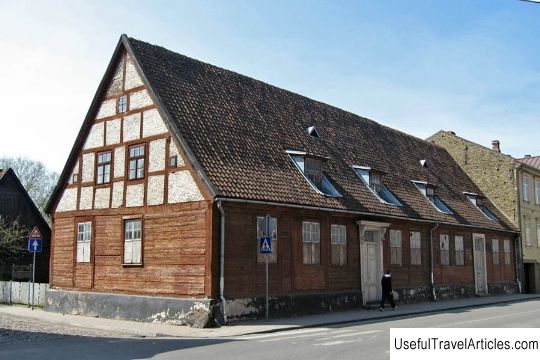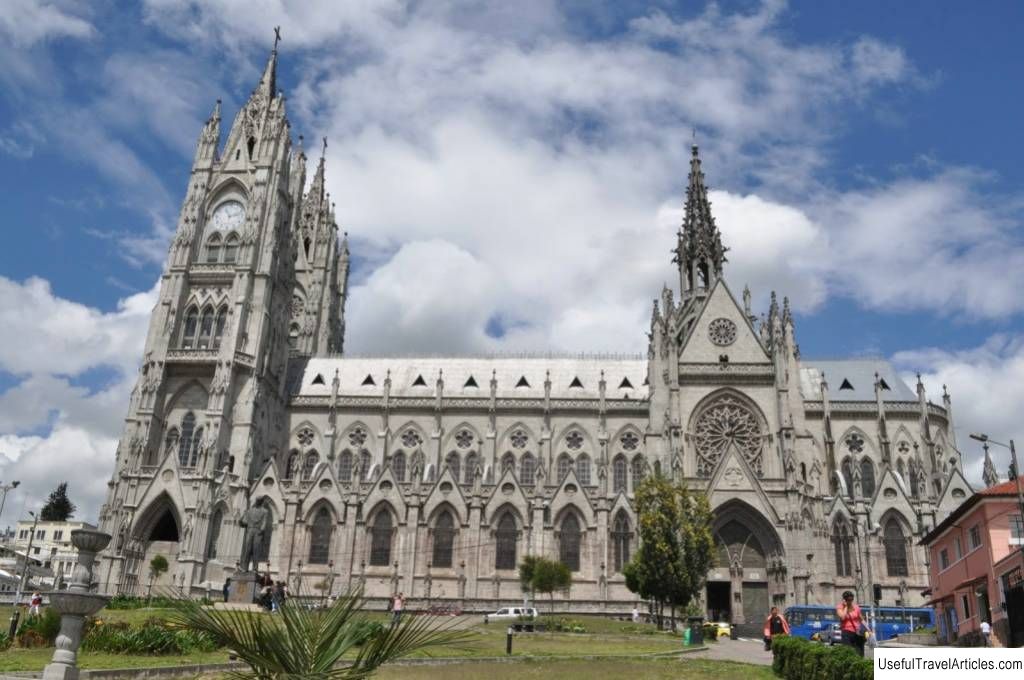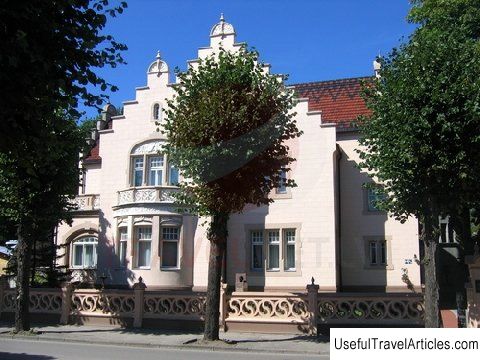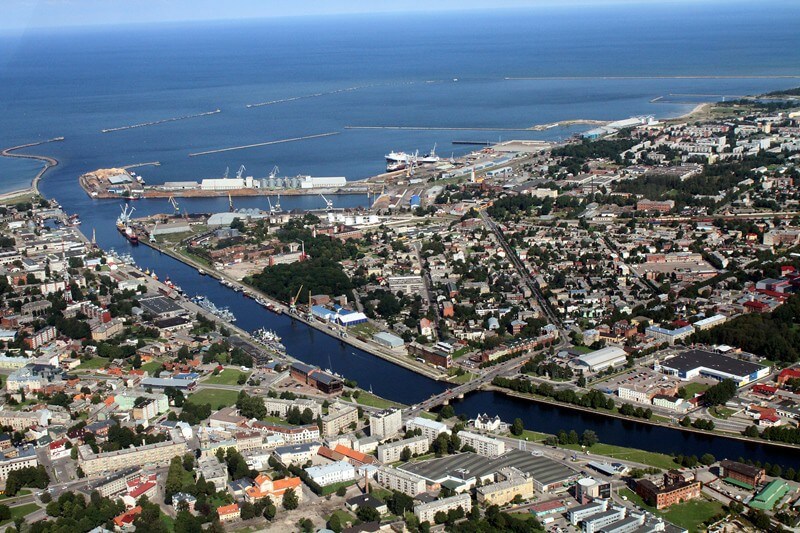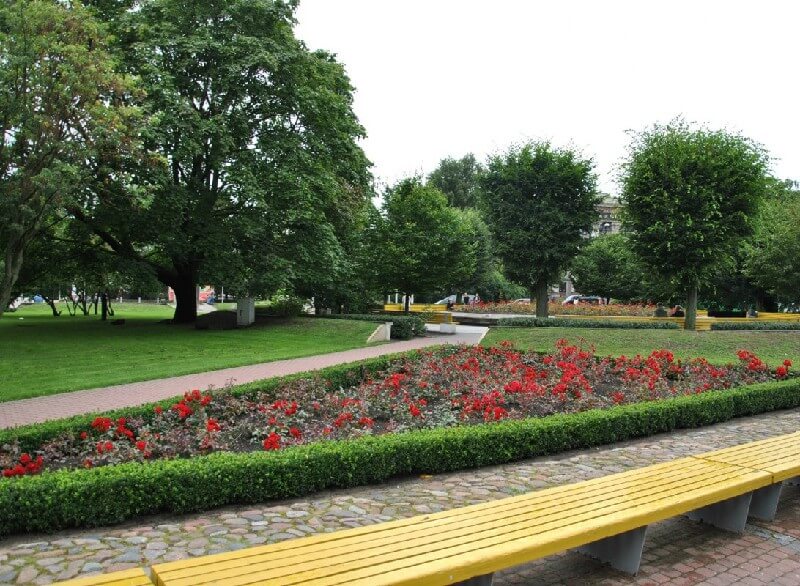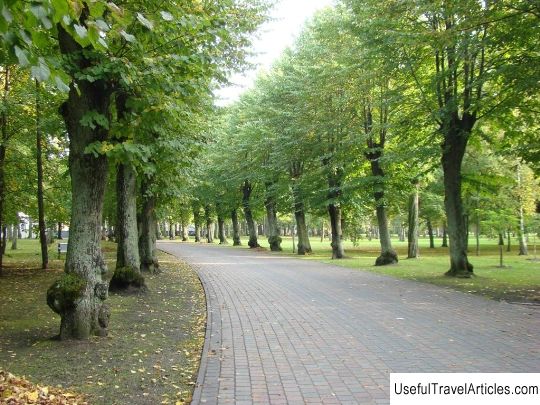House of Peter I description and photo - Latvia: Liepaja
Rating: 7,6/10 (1093 votes) House of Peter I description and photo - Latvia: Liepaja. Detailed information about the attraction. Description, photographs and a map showing the nearest significant objects. Title in English - House of Peter I. Photo and descriptionThe building located at 24 Kungu Street in Liepaja, according to experts, is a unique architectural monument not only in Latvia, but throughout the Baltics. This building is the house of Peter I. As a result of the architectonic and artistic inventory of the building, carried out at the request of the current owner, the house was erected in the first half of the 17th century. Since then, it has preserved the roof, made of tiles, and original pediments. For the first time in history, the building was mentioned in 1697, when Peter I visited Liepaja. The great emperor lived here for a week. After that, the house was called Peter's House. In April 1697, the Great Embassy of Peter I arrived in Liepaja. The Duchy of Courland has kindly covered all travel expenses from Jelgava. In Liepaja, Peter for the first time saw the open Baltic Sea, for which he later fought all his life. And the local port with the shipyard aroused genuine interest. From Liepaja, the emperor writes a letter to GI Golovkin and sends him "two small books, a Bible, lemons and oranges" acquired here. And in a letter to A.A. Vinius, Peter I writes that he saw a salamander in alcohol in a local pharmacy. It is clear that the tsar visited all the city's bookstores, shops and pharmacies. Most likely, the guest was told and shown the Church of St. Anne, finished in 1675 with bricks. Later, a beautiful carved mahogany altar was installed in it. Here the tsar could listen to organ music for the first time. For some time there was a hotel with an inn in the house. Profiles were found inside, decorating the beams on the ceiling. Similar decor in Latvia was found only in 3 places in the countryside. And the fact that these elements of decoration were found in the city house makes it a unique architectural monument of the era of the burgher Renaissance mannerism. In one of the living quarters, a painting was found on the pasted fabric. On a gray-brown background there are 2 black vertical stems entwined with a yellow ribbon, from which white and red petals diverge. On the other wall, an oval medallion and a fragment of a garland can be recognized. And also - traces of black-white-gray acanthus leaves and blue-red-white-black painting on a gray background. The house acquired its present appearance in 1797, when a door in the late style was made from the side of Kungu street classicism. In 1922, simpler doors were installed on the right. At the same time, the current neo-baroque door leaves of the late 19th century, brought from another building, appeared. And the hole in the ceiling in the central room through which the goods were lifted under the roof has never been encountered in wooden architecture in the territory of Latvia. In 1952-1992, a number of apartments and the exposition of the Liepaja Museum, which was dedicated to the Great Embassy, were located in the Peter's House. The current owner of the house has been looking closely at the historic building for a long time. He thought he would settle here, but decided that a building of this level should serve the community. But significant investments are needed to renovate the building. For visitors, a very important point is the opportunity to see the extraordinary fragments of the murals and the lost interiors of the late 17th century restored from them. After Peter's visit, there were many interesting things here. Therefore, it is difficult for the owner to make the choice of the era for the restoration of the object. Many people are interested in the unique monument. For example, representatives of Latvian folklore. They see the house as a center for traditional crafts. But without the support of the Liepaja City Council, they will not be able to lease. The Liepaja Russian community wanted to buy out the House of Peter. But the current owner cannot agree to these conditions, since the original owners living in the United States asked to put the house in proper order and not to resell it under any circumstances. And he named his lease terms. The leader of the community promised to think over and find funds. The fate of the unique historical architectural monument remains unclear.      We also recommend reading Abbey of St. Peter (Stift Sankt Peter) description and photos - Austria: Salzburg (city) Topic: House of Peter I description and photo - Latvia: Liepaja. |
